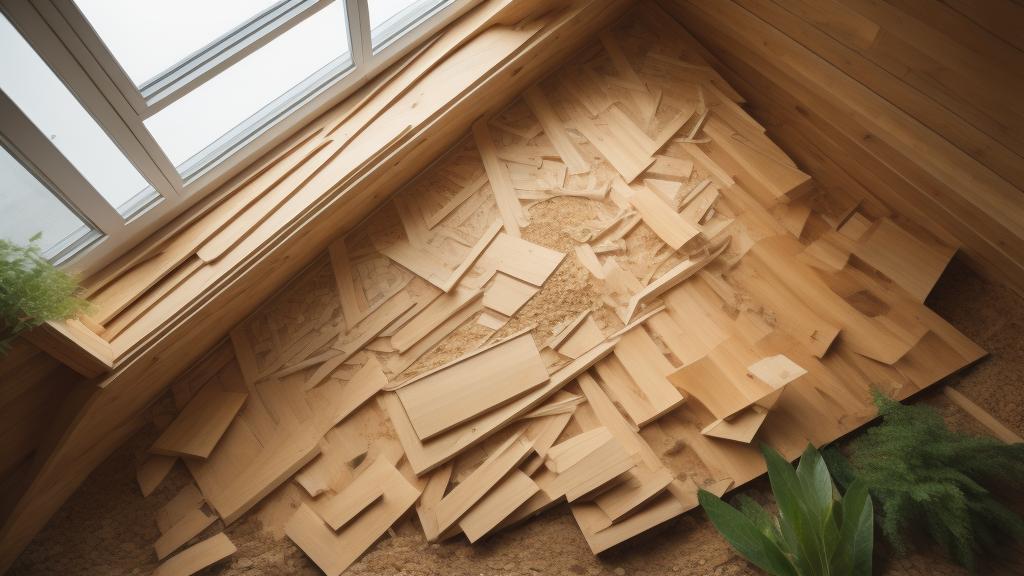As awareness about climate change increases, homeowners are exploring eco-friendly renovation options. Sustainability is no longer a trend but a necessity. This shift has given rise to innovative materials and methods that minimize environmental impact while enhancing home aesthetics and functionality.
Concrete alternatives like hempcrete and bamboo are increasingly being used in construction. Hempcrete is a bio-composite material, non-toxic, and carbon-negative, offering excellent thermal insulation. Bamboo, on the other hand, is incredibly versatile and grows faster than traditional timber, making it an environmentally friendly substitution.
Reclaimed wood is another fantastic option. Not only does it reduce deforestation, but it also adds a unique rustic charm to interiors. Salvaged from old buildings and barns, each piece of reclaimed wood has its own history and character, making it a popular choice for flooring, paneling, and even furniture.
Green roofing is a trending renovation technique that involves planting vegetation on rooftops. This not only insulates the home but also fosters natural habitats, reduces rainwater runoff, and improves air quality. Coupled with solar panels, green roofs can significantly cut down on energy costs.
Water conservation can also be integrated into home renovation projects. Low-flow fixtures, rainwater harvesting systems, and greywater recycling systems can help mitigate water wastage. The initial investment might be high, but the long-term savings and environmental benefits are substantial.
Energy-efficient windows and doors are also a priority for eco-conscious renovators. Double-glazed or triple-glazed windows with argon gas filling between panes drastically reduce heat transfer. These windows keep homes warmer in winter and cooler in summer, reducing reliance on HVAC systems.
Polishing up the home with zero VOC (Volatile Organic Compounds) paints is another eco-friendly move. Traditional paints release toxic chemicals into the air, affecting indoor air quality. Zero VOC paints are just as durable and come in various finishes, ensuring there's no compromise on aesthetics.
Smart home systems can assist in monitoring and reducing energy consumption. Thermostats that learn your heating and cooling preferences, energy-efficient lighting systems, and smart plugs can collectively make a significant impact on reducing a home’s carbon footprint. The integration of technology in renovation offers convenience while ensuring sustainability.
Lastly, consider local sourcing of materials. Transporting building materials over long distances contributes to carbon emissions. By sourcing locally, you not only support the local economy but also reduce the environmental impact associated with transportation.
In conclusion, eco-friendly home renovation is a multifaceted approach that combines innovative materials and techniques to create sustainable living spaces. The construction industry is rapidly evolving, and these green alternatives are paving the way for a healthier planet. Whether building from scratch or upgrading an existing structure, incorporating these eco-friendly measures can result in a home that's not only beautiful but also kind to the environment.
Eco-friendly home renovation: innovative materials and methods to consider

